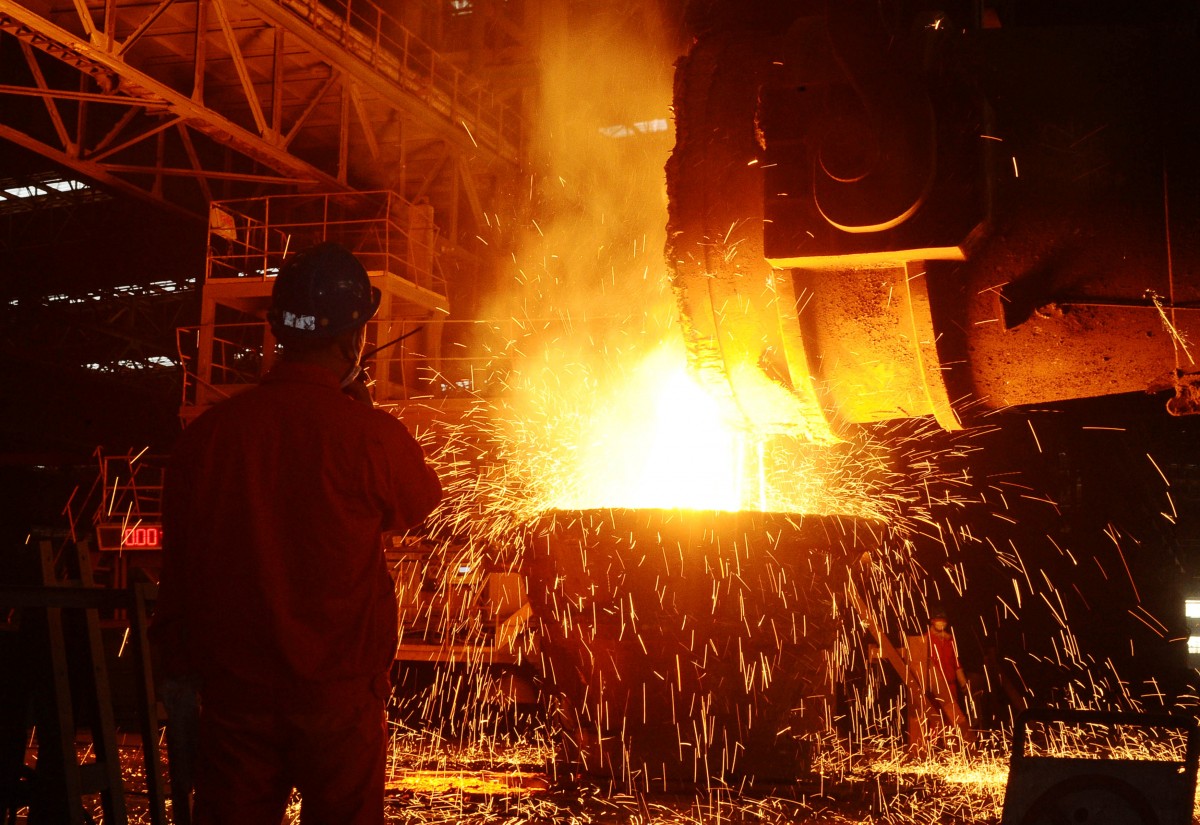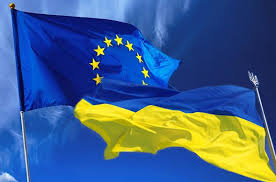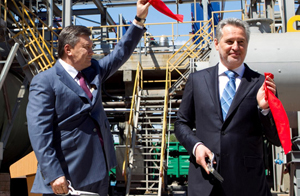 Ukraine’s State Property Fund (SPF) recently announced that it plans to sell large stakes in several Ukrainian plants. In particular, the state-owned stakes of 99.6% in Odesa Port Plant, 75.2% of Turboatom, 50% of Azovmash, and 99,9% Sumykhimprom will be up for tender. A government decision is necessary to carry out the privatization of Turboatom and Azovmash. In addition, Turboatom needs to bring its operations into compliance with the requirements of the Law On Joint Stock Companies. If SPF manages to get its target price for these companies as well as a number of energy companies, hitting the 2014 privatization plan of UAH 18.2 billion (USD 2.2 billion) may become realistic, says Andrey Bespyatov, head of the analytical department at Dragon Capital. "In fact, these companies, except for Azovmash, are among the few remaining state-owned industrial assets attractive to investors. Strategic enterprises, such as the nuclear power plants or Naftogaz are an exception,” notes the expert. Ivanyushchenko destroys the investment appeal of Azovmash The least amount of proceeds the state is expected to gain from the privatization of Azovmash. Azovmash-Azovmashinvest Holding Group is one of the largest machine-building complexes in Ukraine, which produces railway freight cars and platforms, metallurgical, mining and crane equipment and other heavy machinery. The bulk of its proceeds come from the production of railcars. In 2012, Azovmash produced about 16 thousand railcars. Senior analyst of the Art Capital investment company Alexey Andreychenko says that in 2013 the company is expected to report a 35 percent decrease in production with only 10 thousand railcars. "In this case, the operating income of the main production asset of the group, the Azovobshchemash, will decrease by 33% to UAH 7.1 billion," says the expert. Decrease in production and operating income is attributed to the administrative restrictions levied by Russia on Ukrainian products. In autumn, Russia banned the import of railcars from Ukraine. On October 15 Russia’s state-own Certification Registry for Federal Railway Transport revoked certificates on boxcars, gondola cars and certain types of cisterns produced by Azovobshchemash. As a result, 32% of output by the Mariupol plant was banned. The plant was affected less than others Ukrainian railcar businesses because its main product, cisterns, are in demand in the Russian Federation. It is expected that after the signing of the agreements between Moscow and Kyiv last December, the export of railcars to Russia will resume. The Russian government promised to renew certificates for the railcars. At present, the Certification Registry’s website lists all of Azovobshchemash’s certifications as valid. The plant also produces machine-building equipment for metallurgy. In 2013, Azovmash group produced 12 tonnes of heavy machinery, nearly twice as much as in 2012. The equipment was purchased by Metinvest, Russian Severstal and Indian Bokaro metallurgical works. Despite the strong operational and financial performance, state-owned shares are not attractive to investors. “The stake in Azovmash is mostly an empty shell, its value is low," says Bespyatov. 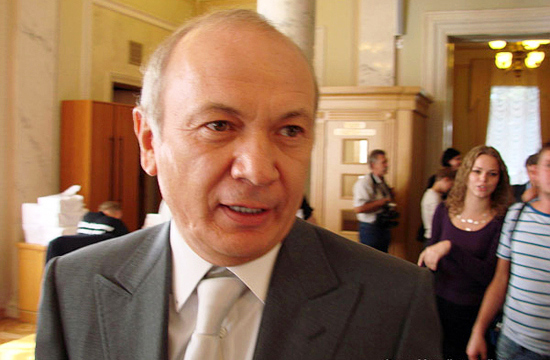 In 2011, the president of Mariupol plant Alexander Savchuk acknowledged that the family of Yuri Ivanyushchenko, a Party of Regions deputy, owns a stake in the company. "The family of people's deputy Yuri Ivanyushchenko is a shareholder. How much, who and how is frankly speaking none of my business. I do not know the amount of Ivanyushchenko's share", said Savchuk in the press conference. Partners Savchuk and Ivanyushchenko issued a number of share emissions in 2011 thereby diluting the state’s stake in the company. As Andreychenko notes, now Azovmash owns 2% of Mariupoltyazhmash, 8% of Mariupol Thermal Plant and 6 % of Specialized Technology Institute. The value of these assets is insignificant in comparison with the basic machine-building enterprise, the Azovobshchemash.“Azovmash owns 26% of Azovobshemash. The stake can be worth at USD 30-35 million if the profits are not taken out of the company," says the expert. If the state's stake is bought by a third party who has no share in Azovmashinvest holding company, the new owner is not likely to see any dividends, says Andreychenko. According to him, the profit can remain in commercial firms and Azovelektrostal. The holding company’s owners have been practicing this for several years. "Furthermore, it is possible to shift the production to Mariupoltyazhmash since Azovobshchemash today actually uses its the manufacturing facilities and pays rent for it. In this case owners of Azovmash will be deprived of participation in the profits," says the analyst. Thus, the state will get nothing for the enterprise, whose revenue in 2012 was USD 12 billion. Even if the privatization tender is organized, structures that control the plant can easily disregard it. Sumykhimprom Impaired by Firtash Ukrainian oligarch Firtash is building two empires: one chemical and the other titanium, and Sumykhimprom takes a prominent place in both. Besides fertilizer production, which uses a lot of natural gas, the company produces titanium dioxide, a coloring agent used in many industries. In July 2013, the SPF attempted to sell 5% of Sumykhimprom shares on the stock exchange, with the starting price of UAH 22 million (USD 2.7 million), and failed. It was not company’s financial indicators that scared off investors, even though in 2012, the plant’s net losses increased 80.5 times to UAH 210 million with net profit of UAH 3 billion. It is its large debts that make it unattractive to investors. The company’s payables including liabilities to banks amount to UAH 1.39 billion. That the company is so overleveraged is not an accident; it is a way for Firtash, who brought his managers into the company, to make the company unattractive to his competitors. Analysts believe that most of the debt is controlled by him own business structures involved in the supply of gas and raw materials to the plant, as well as those involved in sales and distribution. The head of SPF Alexander Ryabchenko estimates that after the sale of the state-owned stake the treasury may receive UAH 0.5 billion. The starting price of the stake is UAH 406 million plus UAH 105-110 million in the form of debt repayment to the state budget. The state budget could have gotten this money already in 2013, but the tender was postponed several times for unknown reasons. In late 2013, press service of the Firtash’s Group DF informed EP that it expects the tender soon. Even if it does not take place, Firtash business structures can implement the same debt scheme elsewhere in the country. In this case the Sumy plant may close. The company has been in the process of rehabilitation for two years, led by Igor Lazakovich, Sumykhimprom’s Chairman of Board and former senior manager of the Ostchem holding. A recent statement by Gazprom that gas will not be supplied to Ostchem trader will not impair privatization plans for the Group DF. The company holds 7 billion cubic meters of fuel in Ukrainian underground storage facilities. 5 billion cubic meters of them were bought in autumn at a discounted price of USD 260 per thousand cubic meters. This volume will supply all chemical works controlled by Firtash provided they work at 80% of their capacity.  Odesa Port Plant Raffled Off Firtash was considered the most likely candidate to purchase the Odesa Port Plant (OPP). "Privatization of OPP, one of the largest producers of nitrogen fertilizers, for nearly USD 0.6 billion was canceled a few years ago. At present, Group DF can become its buyer; it owns four of the six Ukrainian producers of nitrogen fertilizers and a number of similar plants abroad," says Bespyatov. About 90% of the plant's production is exported. Its main advantage is the transit facilities for receiving and loading onto sea-going vessels ammonia produced by other enterprises of Ukraine and Russia. The plant has the country's only terminal for ammonia shipment with the capacity of 4.7 million tonnes per year and storage capacity of 120 thousand tonnes, the largest in Europe. OPP’s assets are highly desirable. During the previous privatization attempts, the sums of UAH 8 to 9 billion have been floated. In 2013, the SPF estimation was more modest at UAH 5 to 7 billion. This amount is being questioned as well. In 2012, the plant showed a loss of UAH 122.5 million down from a net profit of UAH 336.1 million in 2011. For the first nine months of 2013, according to "Vidomosti privatizatsiyi", the net loss of the enterprise increased 6.5 times versus the same period in 2012 and amounted to UAH 606.2 million. Losses of the previously financially successful plant are due to the high price of gas, which is supplied to the plant at the cost of USD 467 per thousand cubic meters. The plant receives its gas supply from Firtash business structures. Firtash has notable competitors. At OPP, ammonia goes through the Togliatti-Gorlivka-Odesa ammonia pipeline that connects the plant with Russian Togliattiazot and Minudobreniya, as well as with Ukrainian Stirol. The total length of the pipeline is 2,417 km, including the Togliatti-Odesa segment of 2,203 km, 1,397 km of which goes through the territory of Russia. Thus, the plant is of strategic importance for the Russian industry. In the summer of 2013, Russian Ambassador in Ukraine Mikhail Zurabov said, "We have taken note of the announcement of the Turboatom and OPP sale. The Russian side is interested in participating in the tender. But I think that the Ukrainian partners are not ready to accept the fact that the Russian side can entirely acquire these businesses. Perhaps, a kind of consortium would be an option." During the previous privatization attempt in 2009, Azot-service participated in the tender for the stake of the OPP. Azot-service is part of Sibur Holding, controlled by the Russian Gazprom, Gazprombank and the Gazfond pension fund. At that time, the Russian company was not favored by the Ukrainian government. However, after December agreements between Ukrainian and Russian authorities, much has changed: Kyiv received a reasonable price for gas and a USD 15 billion loan. This obliges to reciprocation. 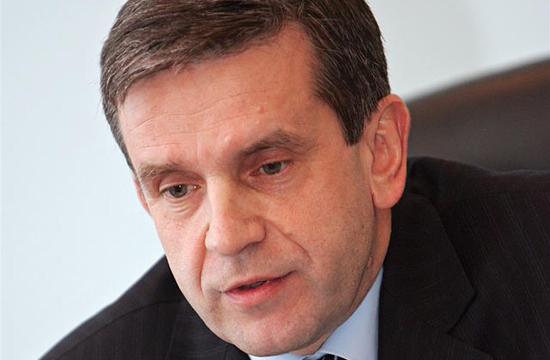 It is likely that the new tender will enable Gazprom structures to comply with possible requirements for gas supply to the plant. They also have the cash to out-bargain competitors and pay the company's debts. The only thing required by both Gazprom business structures and Firtash business structures are preliminary political agreements with the Ukrainian authorities. Russians Goes for Turboatom It is not the first time that the SPF talks about putting 75.2% of Turboatom up for tender. This successful company supplies unique equipment to power plants in the CIS, Georgia, Finland, India and Cuba. "The demand for Turboatom’s products is driven by the depreciation of electricity-generating capacities in the CIS, the liberalization of the electricity-generating market in Russia and the privatization of generating facilities in Ukraine", specifies Andreychenko. In January-September 2013, Turboatom generated a net profit of UAH 399.6 million, which was 68.2 % up from the same period in 2012. Net income increased by 31.7% to UAH 1,279.7 million. “Turboatom, the largest CIS producer of turbine equipment, is likely to become an attractive target for Russian companies as the main share of its exports go to Russia," says Bespyatov. The SPF estimated the value of the plant at USD 0.8 billion, while its current market capitalization is less than USD 0.2 billion, the expert adds. Among possible buyers of this machine building plant is businessman Konstantyn Grygoryshyn. About 15% of shares are distributed among enterprises associated with his corporation Energy Standard. Through a Cyprus company Linfot Limited Grygoryshyn has repeatedly tried to gain control of the company, yet the attempts were thwarted by Viktor Subbotin who has headed the plant since 2007. "If Grygoryshyn buys out state’s share in the company, he can combine several successful businesses and launch an IPO," says Andreychenko. According to him, the businessman controls the Sumy Frunze Machine Building Research and Production Association, which specializes in manufacturing equipment for oil, gas, nuclear and chemical industries, as well as the largest transformer manufacturer in Eastern Europe, Zaporizhtransformator. Rosatom will also join the battle for Turboatom. Its head Sergei Kiriyenko spoke many times about his eagerness to invest in the Ukrainian company. Kiriyenko noted that, if purchased, the Kharkov plant will join the Atomenergomash structure, a group of 30 Russian and foreign companies manufacturing and assembling equipment for nuclear and thermal power plants, as well as for enterprises in gas and petrochemical industries.
Translated by…. Edited by Mariana Budjeryn |
#DUTCHINUA | Give young Ukrainian entrepreneurs tools and direction, and money will follow
Now a Dutch referendum on Ukraine's treaty with the EU is only weeks away. Some commentators say little…


